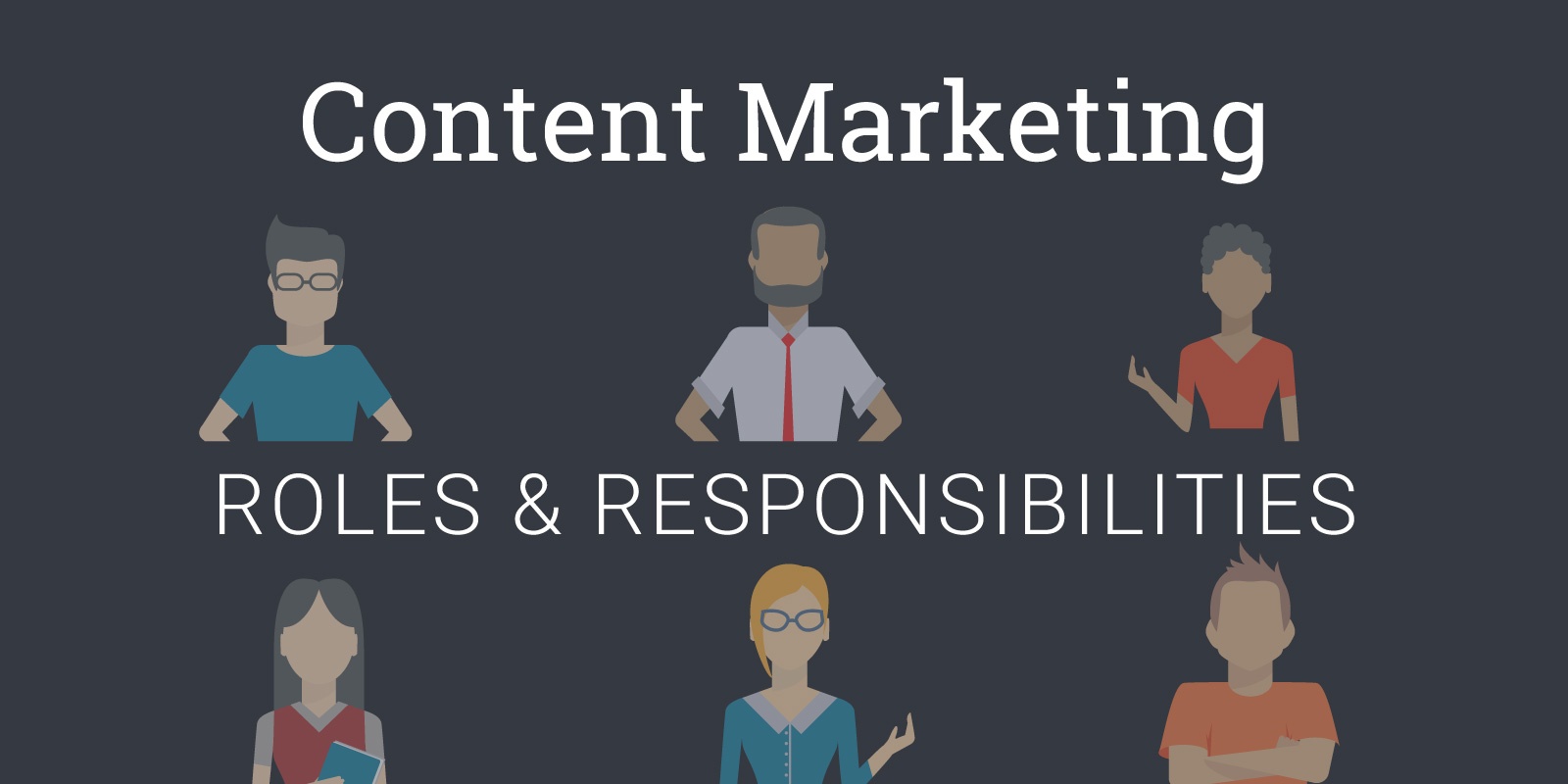 We know. Content marketing can be a struggle—it takes a lot of grunt work to build up your blog and then a lot of patience to see it actually do something. In working with clients on their content marketing strategy, we've found there is one thing that can make or break this process: your team. Do you have a team leader? Is your team as convinced about the power of content and are they willing to contribute? Doing content right requires an organized process with several unique roles. This blog post breaks down the roles and responsibilities for each phase of content production.
We know. Content marketing can be a struggle—it takes a lot of grunt work to build up your blog and then a lot of patience to see it actually do something. In working with clients on their content marketing strategy, we've found there is one thing that can make or break this process: your team. Do you have a team leader? Is your team as convinced about the power of content and are they willing to contribute? Doing content right requires an organized process with several unique roles. This blog post breaks down the roles and responsibilities for each phase of content production.

*Important caveat for smaller teams:
We want to emphasize that the amount of roles below should not deter you if you don't have the staff to cover them. We are proof of this!! Read about our content success story here.
If you have a small team, one person can cover multiple roles. And if you have a strong leader, this is especially true. We suggest a small team meet once per month, brainstorm your blog post ideas, have team members contribute one or two posts at least and then have the content marketing lead edit and publish those posts. As a lead, if you struggle to get people to write, consider interviewing them for 15 minutes or having them write out a general outline, recording that conversation and then writing a post afterwards.
Your team's content marketing jobs / responsibilities explained
 Strategist
Strategist
The strategist is responsible for identifying the communication goals for each piece of content. The strategist has a clear understanding of the overarching objectives and priorities. The strategist also provides clarity for other team members by creating a page brief. You can always have this role include the entire team if you are willing to have meetings that include walking through all the information below.
A page brief captures important information about the content including:
- Audience: Most brands have more than one audience, who is the piece of content targeting?
- Messaging: What is the primary messaging the content needs to convey? Is there secondary messaging?
- Calls-To-Action: What is the desired action you’d like your audience to take? CTAs may range from subscribing to a newsletter, reading related content or downloading another piece of content.
- Required Content: Is there required content that you need to include? Examples may include legal or brand guidelines.
- Targeted Topic: When your team gets to optimizing the piece of content, what is the search phrase or topic that they’ll be optimizing for? Think about how your audience would most likely search to find the piece of content.
Read "10 things to do before and after you publish a post" to get a better grasp of how this strategist can prep and execute a post. Struggling to come up with compelling topics? We got you. Check out "The ultimate toolkit for preventing writer's block: Where to go for blogging prompts."
Researcher
The researcher pulls together facts, statistics, quotes and other information that’s needed for the piece of content.
Writer

At this point, the writer has the basics and can start writing. Keep in mind that titles, headings and captions may come at a later point.
Subject Matter Expert

Once there’s a draft, it’s the responsibility of the subject matter expert to review the content and verify that everything is accurate. This will help you convey your expertise to your audience so don't skip this step and risk looking like you lack competency in your own industry.
Editor

It’s the editor’s job to make sure the content is consistent with other content (enter: brand voice), aligns with brand guidelines and is well written. If the content needs revisions, the editor sends it back to the writer for revisions. Once the revisions are made, the editor gives the final stamp of approval on the content.
Out of all these roles, the editor is the main one that should stay consistent. This way, your brand voice and publishing format will sound like it's coming from one place (your company) rather than multiple.
CMS Editor

The CMS editor uploads the content and is in charge of formatting, adding metadata, selecting categories or tags and making sure that the content looks good. If you don't have a designer on staff, this is also the person that should choose a featured image.
SEO

It’s the SEO’s role to optimize and index the content so it’s easy to find and helps build organic (free) sessions. Uncover all the ways you can optimize your posts for search in, "If you build it, they will come (not really)."
As you see, content marketing involves many moving pieces. Having a clear content production process in place allows you to focus on strategy and creativity instead of just struggling to get anything written. This process will help you achieve that blog that drives traffic to your site for years to come!